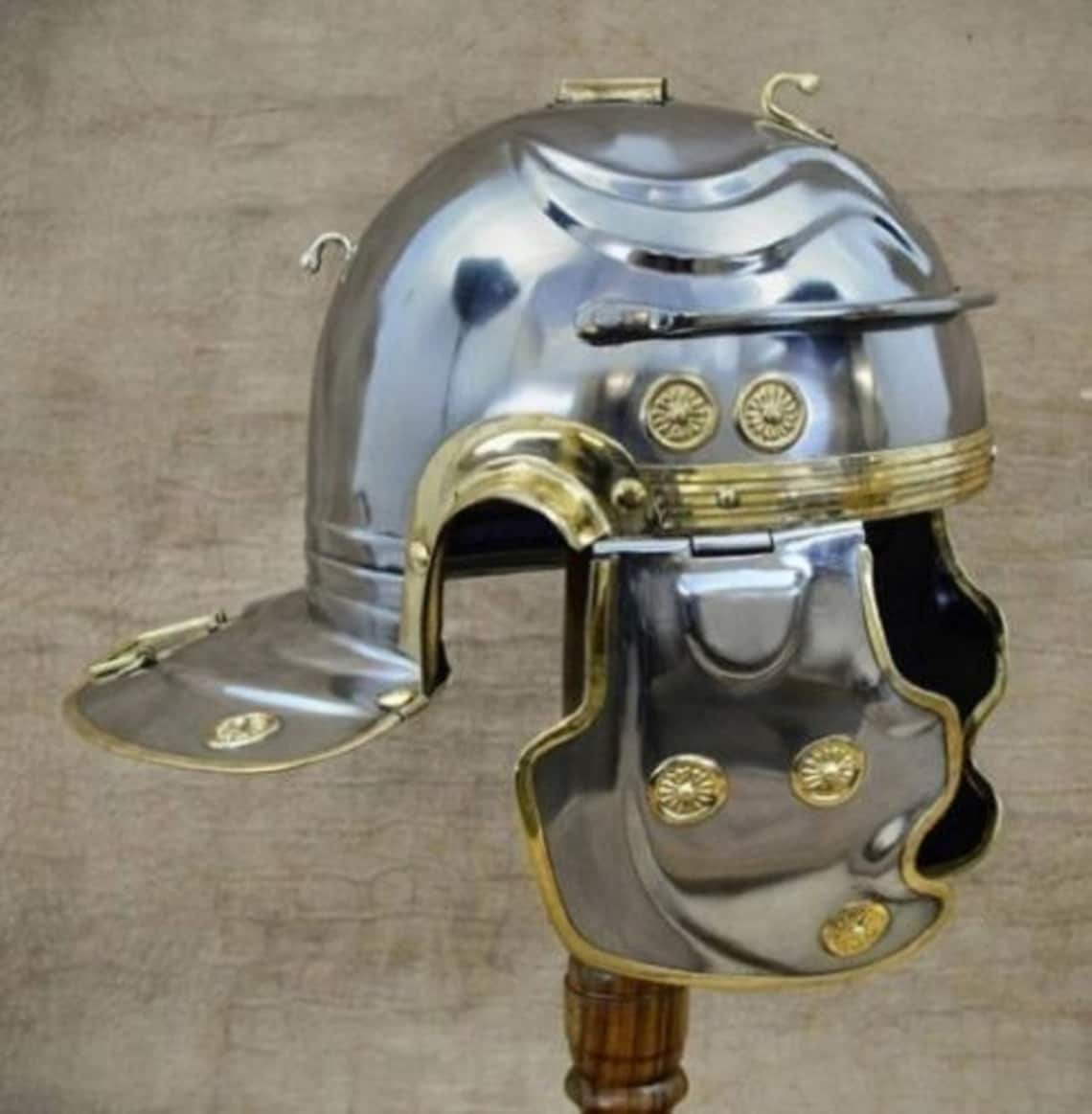2/26/24 Cutting Corners, Literally.
My progress last week was cut short due to sickness. That being said, I noticed myself starting to get way behind schedule. So, I resorted to a little saying my dad taught me: “If you ain’t cheating, you ain’t trying.”

This was the status of the helmet a week ago — not very helmet-like, but rather disappointing. At that stage, I had reached the point where the steel physically did not want to be shaped any more. With Michael, this was the part that he described to feel like, “banging your head against a wall.” So, given that I’d begun to fall behind schedule, I used a little insight that Michael gave me into how to cut corners.
If you’ve ever looked at a baseball hat very meticulously, you’d notice it is composed of 6 triangle-shaped components stitched together to create the “bowl” of the hat. That is because you cannot simply flatten a spherical shape. Metal is similar to fabric in this sense. Technically, I could continue raising the project, but that would be extremely time consuming. So, what I have done this week is cut a number of triangular holes on the edges:



For each triangle, as I raise the surrounding material downwards, it actually comes inwards and closes up the triangular hole. From that point, I just use my MIG welder to fuse the pieces. After that point, it’s just rinse and repeat until I achieve the final shape. The image on the far right is where the helmet is at the beginning of this week. Yes, it does resemble Darth Vader’s helmet, but it also resembles a medieval era helmet known as a sallet (below). The sallet was a combat helmet used throughout southern, western, and northern Europe, but most extensively in Germany during the mid-15th century. The interesting part is about the sallet is that it does have the same neck-protecting protrusion as the Roman Imperial helmet (middle), although the two are not related, as the sallet was developed from the French armet (right)
This next week will comprise of finishing the back of the helmet by continuing the aforementioned process of raising, cutting, and welding. After that, I will have to reattach and weld the neck piece. After that, I do expect there to be a large amount of time required to ensure that the helmet is in the correct shape and dimensions, and if not, to fix those errors.



